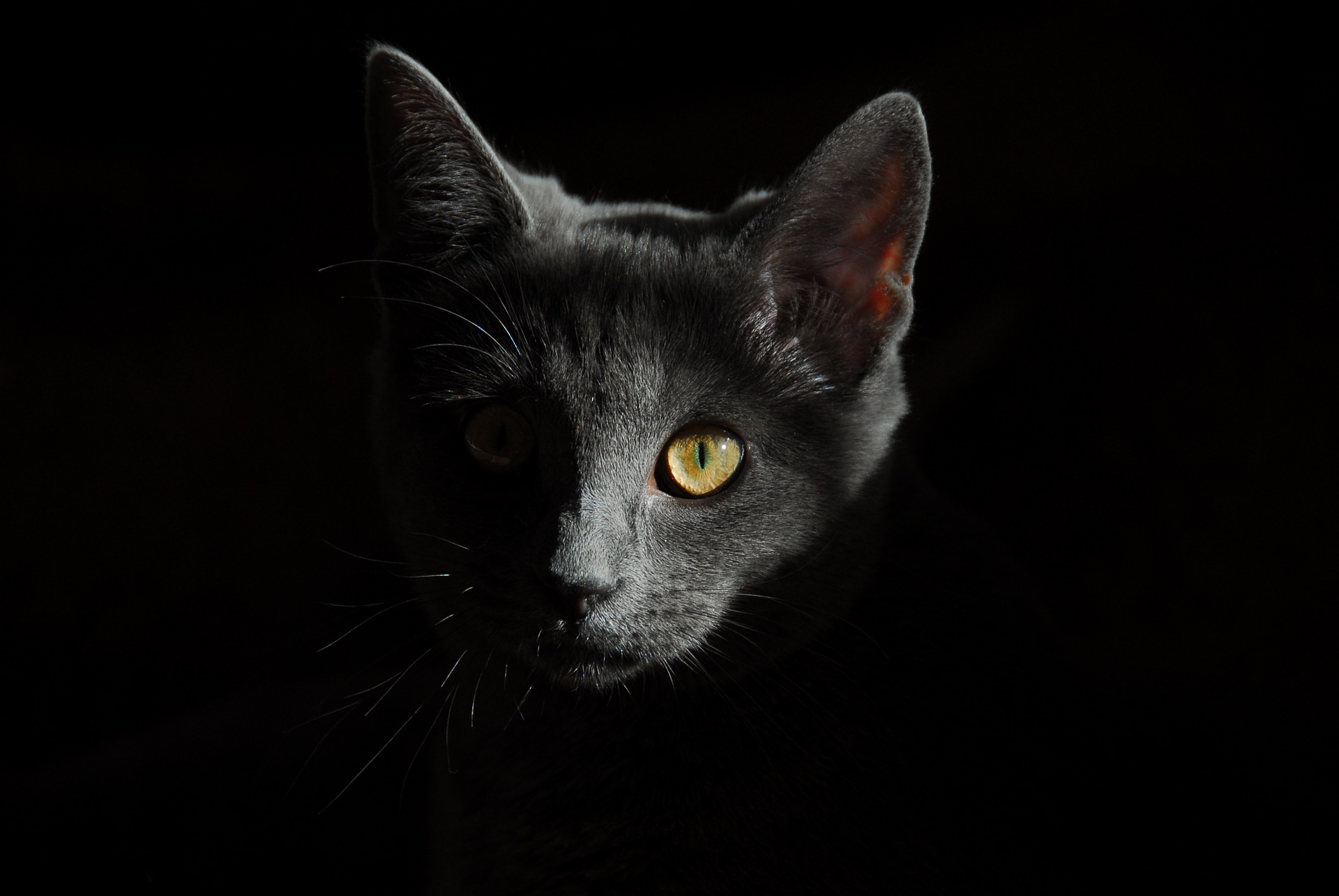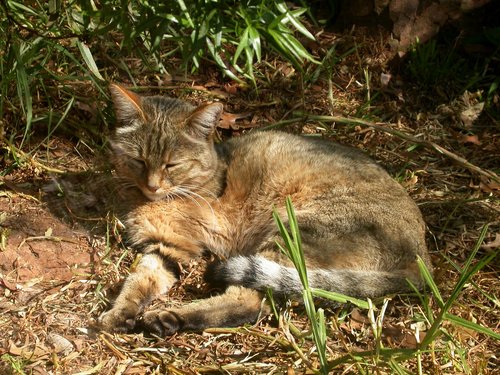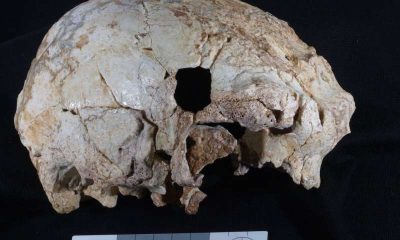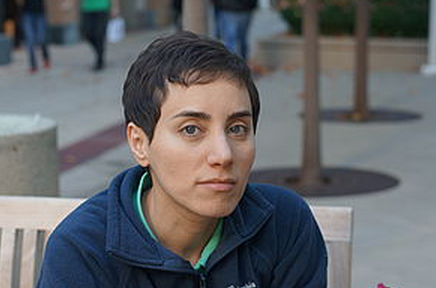
Cats don’t care. That’s what makes them great. They do what they want, go where they please, come back for food, and–if and when they feel like it–might allow you some affection. Wildcats and domesticated cats alike are independent. Nobody tells a cat what to do.
So in a way it comes as no surprise that, according to a new study, cats domesticated themselves.
About 8,000 years ago, rodents were attracted to the early human agricultural sites. There they could find stockpiles of food in abundance–the fruit of human labor. Cats likely followed the rodents. It gave them a hunting shortcut.
In subsequent years, cats loitered around developing human settlements to snack on easy to find rodents. Humans, of course, let the cats hang around. They checked the populations of rodents, who spread disease and economic loss.
Ancient Wildcats and Domestic Cats Are a Lot Alike
Cats and humans lived like this as symbiotic neighbors for perhaps thousands of years before humans interfered at all with feline breeding. Over generations, domestic cats have gone feral, mixed and rebred with wildcats, and become domestic again.
So even after domestication, not much about cats changed. Wildcat DNA today is almost no different than that of domesticated cats.
“The domestication process has not markedly changed the morphology of cats, and few traits can be used today to identify wild or hybrid populations,” says the study in Nature Ecology & Evolution. “Of the few traits available, the most widely used is the tabby coat marking.”
This difference, the tabby coat marking, comes from one genetic variation. It’s called a single-nucleotide polymorphism, or SNP. It’s distinguishes between the mackerel pattern of a wildcat’s coat and the blotched pattern of a domestic tabby. Aside from that one trait, wildcats and domestic cats are visually and behaviorally similar.
This is a major difference from dogs, the first domesticated animal, who have changed dramatically through generations of breeding. Humans bred dogs for specific tasks, like shepherding, guarding the home, or mountain rescue missions.
It’s also a departure from, say, cattle, who were intentionally subdued by neolithic man. Now docile domestic cattle bear little resemblance to the huge, ferocious aurochs that terrified early humans and became a fixed symbol of civilization’s conquest of nature.
Domestic cats share space with humans on their own terms. And for their own purposes. Over time, these purposes included devouring rodents (or pest control, from a human point of view) as barn cats, village cats, and ship cats long before domestic cats were prized as pets the way they are now.
Moving about on ships as seafaring rat patrol was probably what spread domestic cats all over the world. With the success they’ve had adapting to a variety of environments, you might almost think they stowed away deliberately in some sort of secret feline conquest to spread around the globe.
Evolution of the Domestic Cat
Domestic cats, including feral ones, are an evolutionary triumph if ever there was one. You can find them in every corner of the planet, thriving across all continents except Antarctica. They do so well in so many conditions that they’re considered an invasive species in the Australian Outback.
Current taxonomy classifies wildcats (felis silvestris) into five subspecies. These are the Asiatic wildcat, European wildcat, African wildcat, South African wildcat, and the Chinese mountain cat. Of these, it was only the African wildcat that led to domestic breeds.

An African wildcat, looking a lot like your tabby. Via Wikipedia.
Although modern domestic cats only come from one subspecies of wildcat, the domestication process happened at two different times, in two different places: Egypt, and the Near East.
Scientists were able to understand the genetic heritage of modern domestic cats in part by studying the DNA of Egyptian cat mummies.
The Great Cat Craze
Since the agricultural revolution, cats have shared a silent contract with humans. Keep delivering the food–rodents or otherwise–and they’ll keep hanging around and eating it: a voluntary domestication that was the cat’s own idea.
Over 74 million pet cats live in the US alone. The cat has become the icon of early internet culture. Cat crazed fans have opened cat cafes in many major cities, and theories have arisen that a cat-borne parasite has infected people’s brains, giving them “crazy cat lady” syndrome.
While the science is still inconclusive on that, you might find yourself looking at your domestic cat a bit differently now, knowing the journey it took to arrive here from the ancient Levant, and its genetic proximity to its wild cousins. The jury is still out on whether or not cat cafes were domestic cats’ idea all along, too.















Facebook
Twitter
Pinterest
Google+
LinkedIn
Email